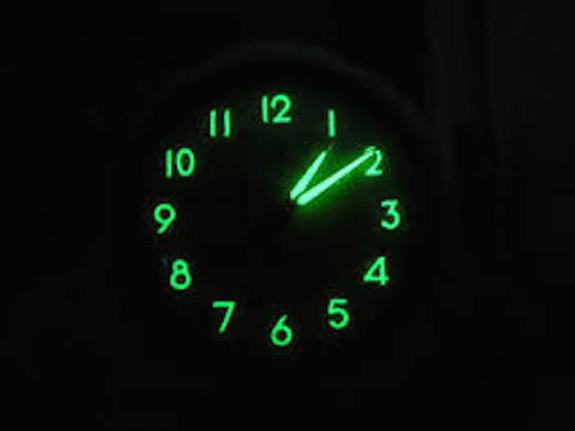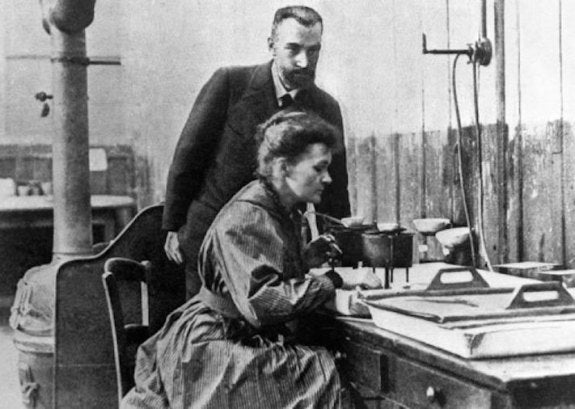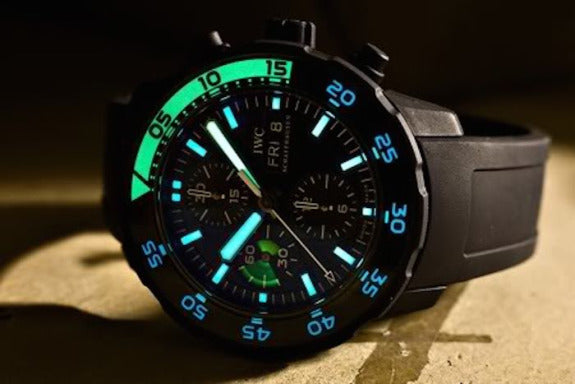From Darkness Comes Light: The Evolution of Luminous Watches
With Labor Day behind us, it seems to be a signal of oncoming fall – shorter days, earlier nights. This makes it a great time to invest in a watch that tells time in the dark. Luminous watches that don’t look luminous during the day but that glow brightly at night or in the dark took about a century to perfect.

In the early 1900s, Marie and Pierre Curie discovered radium. It was only a decade or so later that watch companies and dial makers turned to the substance as a luminous aid. Little did they know, the dangers involved in using the material, which emits particles that have the effect of ionizing and glowing fluorescent.

Dial makers developed a radium-based paint and, in 1914, Radium Luminous Materials Corporation began producing the phosphorescent paint for watch hands and markers. Workers would paint the dials and often lick the tip of the brush to get a finer point on it for thinner, more exact lines. They began getting sick from the radiation within the paint and many died. A group of women banded together in the late 1920s and took the company to court, which led to its closing and the implementation of new rules about the material.
Scientists and researchers looked for other options and, in the 1960s, found tritium, which was more harmful than radium, but limits were established on how much could be used in a paint (vintage 1960s watches using this material may have a single or double T on the dial).
Eventually, laws prohibited the use of radioactive paint and in the 1990s Super-LumiNova was unveiled. The non-radioactive substance is the material of choice today. It offers a strong glow (in several colors) without the danger. Additionally, the material has been improved over the past 20 years and is brighter today than it was in its original forms. The material glows after absorbing sufficient UV light, and the strength of the glow depends on how many layers of Super-LumiNova are applied.

Some watch companies also use a new tritium-based system called “Gaseous Tritium Light Source” (GTLS), wherein the material is encased in tiny glass tubes that are placed together to form numerals or markers. This system is brighter than Super-LumiNova but also more expensive and more difficult to execute.
At any rate, now that you know how much research has gone into creating watches with lumen, we invite you to stop in any time and see our great selection of luminous watches.
